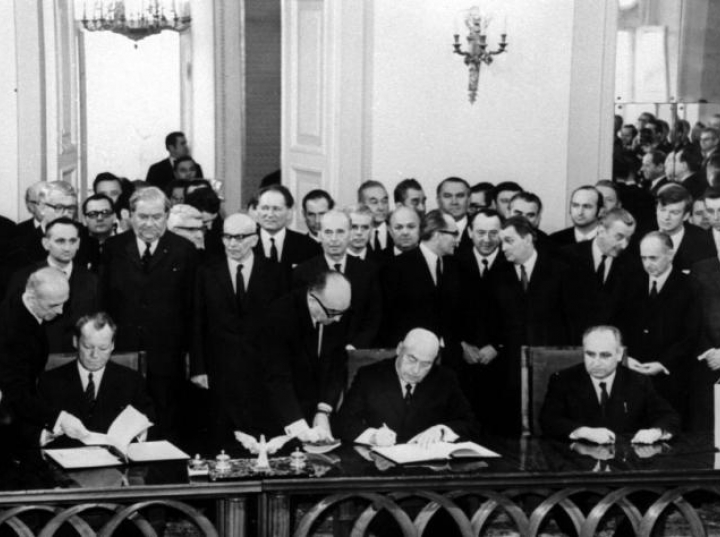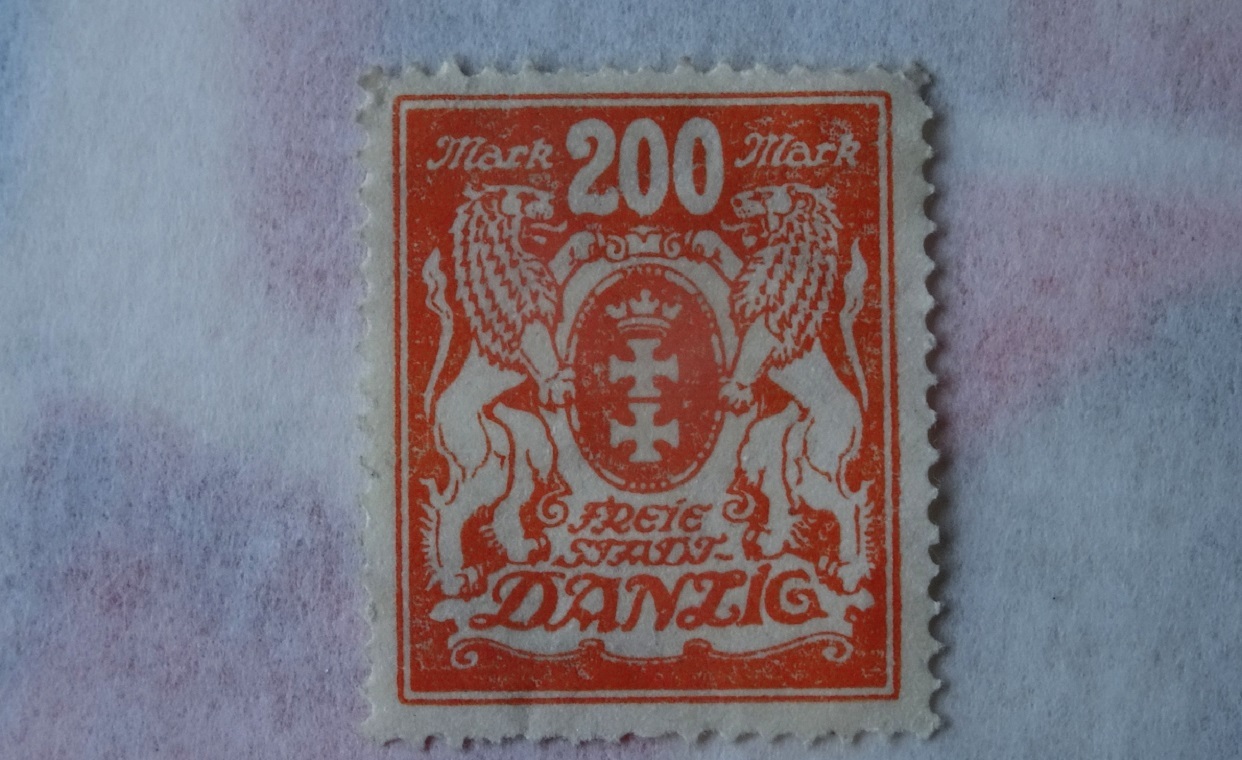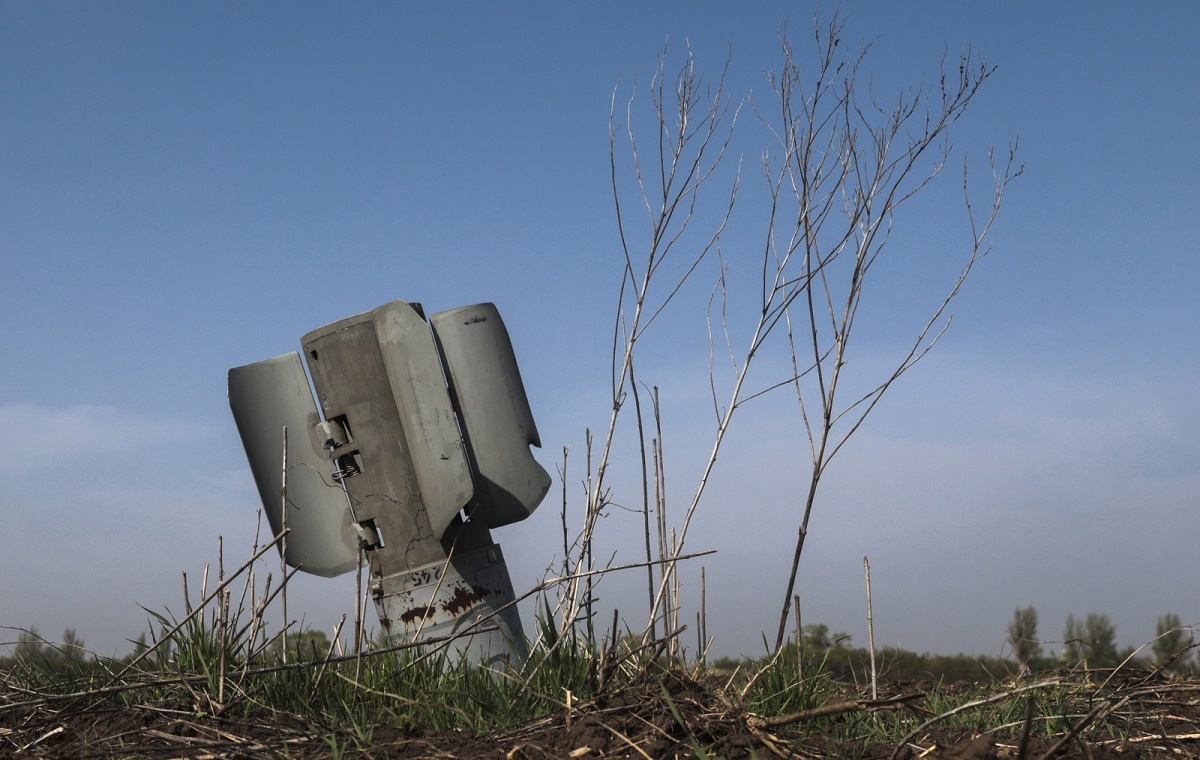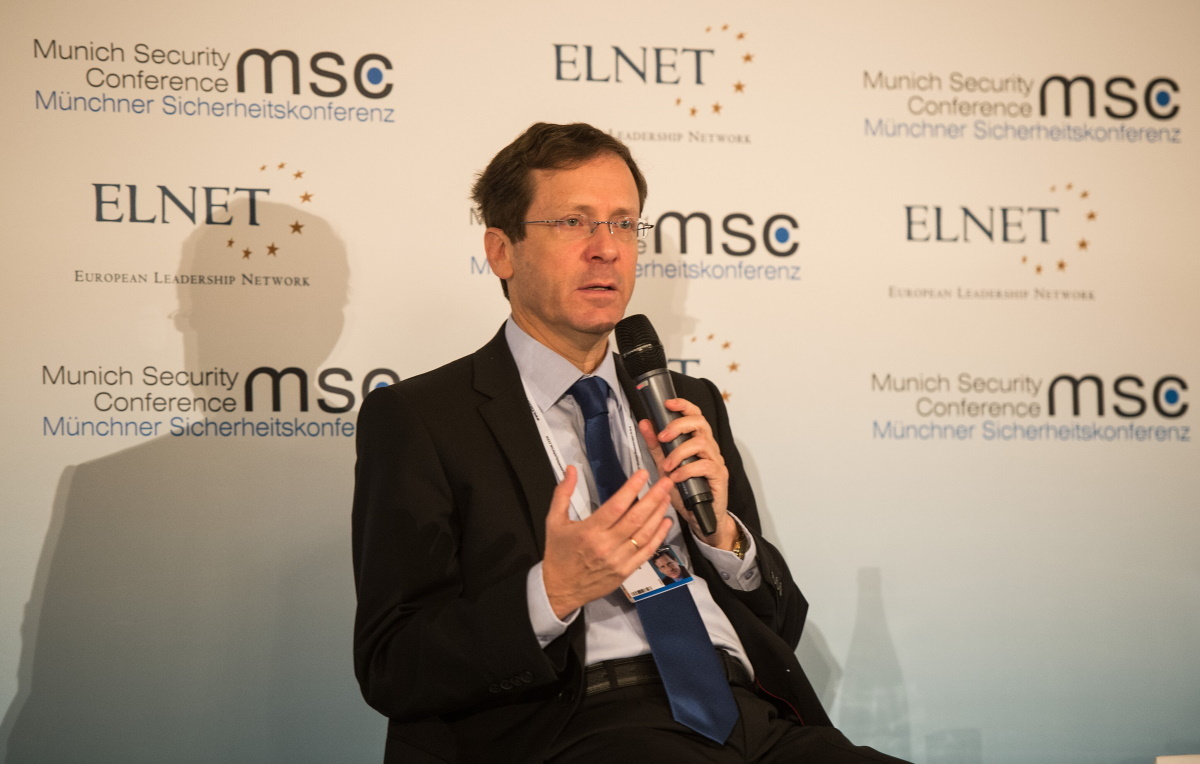50 years ago, on May 17, 1972, the Bundestag ratified the “Agreement between the People’s Republic of Poland and the Federal Republic of Germany on the Basics of Normalizing Their Mutual Relations”, which was signed by the heads of government of the two countries in December 1970. The meaning of this act was weakened by the German declaration on the border with Poland.
The late 1960s brought a breakthrough in relations between the Federal Republic of Germany and the communist states. Until recently, the countries of the Eastern Bloc recognized only one German state – the German Democratic Republic. The new social democratic chancellor of the Federal Republic of Germany, Willy Brandt, proposed a new program of West German foreign policy, symbolized by the slogans Ostpolitik and Deutschlandpolitik. In practice, the actions of the new German government meant breaking with Konrad Adenauer’s consistent policy of not recognizing the GDR and changes to the eastern borders made in 1945. Brandt’s assumptions were also supported by the start of the Cold War, which went down in history as a period of détente.
The late 1960s brought a breakthrough in relations between the Federal Republic of Germany and the communist states. Until recently, the countries of the Eastern Bloc recognized only one German state – the German Democratic Republic.
Kremlin policies were also very important to the Polish-West German negotiations. The treaty with Poland was preceded by the treaty on the normalization of relations, signed by Germany with the Soviet Union in Moscow on August 12, 1970. In it, both sides exercised “unreserved respect for the territorial integrity of all European countries within their respective territories. current frontier.” This also applies to the Polish border on the rivers Odra and Nysa.
The treaty signed by the Polish People’s Republic with Germany on 7 December 1970 and ratified on 17 May 1972 by the Bundestag was a real breakthrough in relations between Poland and Germany, as well as Władysaw Gomułka’s greatest and last success in foreign policy. About a dozen days after the agreement was signed, he was removed from the post of First Secretary of the Central Committee of the Polish United Workers’ Party after the massacre of workers on the beach.
The agreement consists of a preamble and five articles. Article I of this document states: “The Federal Republic of Germany and the People’s Republic of Poland agree that the existing border line, the route of which is established in Chapter IX of the provisions of the Potsdam Conference of August 2, 1945, from the Baltic Sea just west of winoujście and therefore along the river Odra River to the where the Nysa użycka flows, and along the Nysa użycka River to the border with Czechoslovakia, it forms the border of the western state of the Polish People’s Republic.” In the remainder of the document, both sides reaffirm the current and future inviolability of the borders sue, and committed to each other strictly respecting their territorial integrity.In addition, they stated that they had no territorial claims to each other and that they would not make such claims in the future.
The treaty signed by the Polish People’s Republic with Germany on 7 December 1970 and ratified on 17 May 1972 by the Bundestag was a real breakthrough in relations between Poland and Germany, as well as Władysaw Gomułka’s greatest and last success in foreign policy.
The German government also stressed that signing a treaty with Poland did not mean that the expulsion of German residents after 1945 was legal. He also stressed that the agreement made did not result in the loss of any rights he was entitled to under West German law, such as citizenship.
Due to the position of the authorities of the Polish People’s Republic, who did not wish to include “domestic affairs” in the negotiations, the issue of permission for Polish Germans to travel to Germany was not included in the border agreement. In November 1970, the Polish side only agreed that “persons with confirmed German citizenship” and mixed family members might be able to leave Poland. The authorities of the Polish People’s Republic estimate the number of these citizens to be several dozen thousand.
In view of the December 1970 normalization of relations agreement, it should be noted that on October 15 of the same year a long-term and very favorable economic cooperation agreement for Poland was signed with Germany, which was an important element of Gierek’s policy of opening the Polish People’s Republic to cooperation with other countries. capitalists and obtained countless loans from their power.
The protracted ratification of the agreement resulted, among other things, from the attitude of some German MPs. A group of members of the opposition Bundestag filed a motion with the Federal Constitutional Court to review the constitutionality of the agreement. They referred to the provisions of the Constitution of the Federal Republic of Germany, which contained provisions regarding the existence of the German state within the boundaries of 1937. In the end, it was not until July 31, 1973 that the Federal Constitutional Court found an agreement in accordance with the Basic Law. In the judge’s interpretation, the provisions of the agreement with the Polish People’s Republic were not the recognition of the borders on the Odra and Nysa użycka rivers, but the government’s acknowledgment of this state of affairs and the declaration of no action to restore the borders. regulated in the Constitution.
The protracted ratification of the agreement resulted, among other things, from the attitude of some German MPs. A group of members of the opposition Bundestag filed a motion with the Federal Constitutional Court to review the constitutionality of the agreement.
On 17 May 1972, after intense debate, the lower house of the German parliament, of which the Social Democrats and Liberals (SPD and FDP) coalition is the majority, ratified the treaty normalizing relations with Poland (248 votes). in favor, 238 abstained, 10 against). Most of the deputies who abstained from the vote were from the parliamentary group CDU-CSU. On the same day, the Bundestag ratified the treaty with the Soviet Union. Secretary of State Walter Scheel FDP described the two agreements as historic. He compared their importance to Germany’s agreement with the western countries of the anti-Nazi coalition, which meant Germany’s return to European politics.
On the same day, the Bundestag, with five abstentions, adopted a resolution declaring that the treaty concluded by Germany did not assess the content of a future peace treaty with Germany and was not a legal justification for existing borders. This declaration was accepted by the government of the Polish People’s Republic with great discontent. The press described the attitudes and actions of the CDU-CSU MPs as “provocative”.
On May 19, the deal was approved by the Bundesrat, and four days later by President Gustav Heinemann. On May 25, the document was adopted by the Sejm of the Polish People’s Republic, and later by the Council of State. The treaty entered into force after the instruments of ratification were exchanged in Bonn on 3 June of the same year. On October 30, 1972, Wacław Piątkowski, one of the architects of the December 1970 treaty, became the first ambassador of the Polish People’s Republic to the Federal Republic of Germany.
On May 19, the deal was approved by the Bundesrat, and four days later by President Gustav Heinemann. On May 25, the document was adopted by the Sejm of the Polish People’s Republic, and later by the Council of State. The treaty entered into force after the instruments of ratification were exchanged in Bonn on 3 June of the same year.
When assessing the arrangement since December 1970, Prof. Wojciech Roszkowski in “The Modern History of Poland” states that it was an undoubted success of the diplomacy of the Polish People’s Republic, “although it resulted from the Soviet Union’s policies generally favoring Europe, it was a lasting achievement, in line with Poland’s vital interests. He ending a situation in which, after World War II, Poland, suffering terrible devastation, losing its eastern territories and sovereignty, was refused in the West to recognize the only compensation in the form of the Restored Territories. Although it did not replace a peace treaty with Germany, this treaty became the basis strong for international recognition of the borders on the rivers Odra and Neisse.”
The most important provisions of the December 1970 agreement formed the basis of the border treaty signed on November 14, 1990 between now free Poland and the unified Federal Republic of Germany. Both sides expressed confirmation (and not re-establishment) of the Polish-East German border agreed in 1950 and a commitment “to absolute respect for sovereignty and territorial integrity”. In the preamble, Poland and Germany refer to the long process of “understanding and reconciliation between Poland and Germany”. The culmination of the process of normalizing Polish-German relations was the “German Treaty on Good Neighborhood and Friendly Cooperation” signed on June 17, 1991 (PAP)
Author: Michał Szukała
search / skp /

“Reader. Future teen idol. Falls down a lot. Amateur communicator. Incurable student.”





